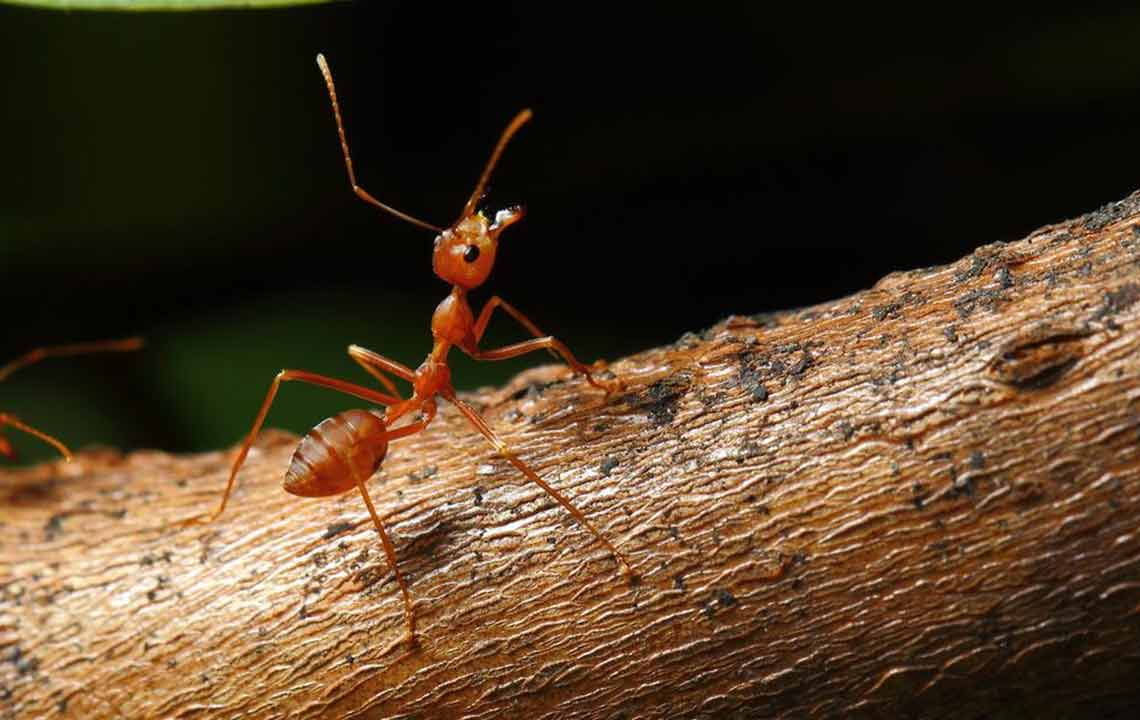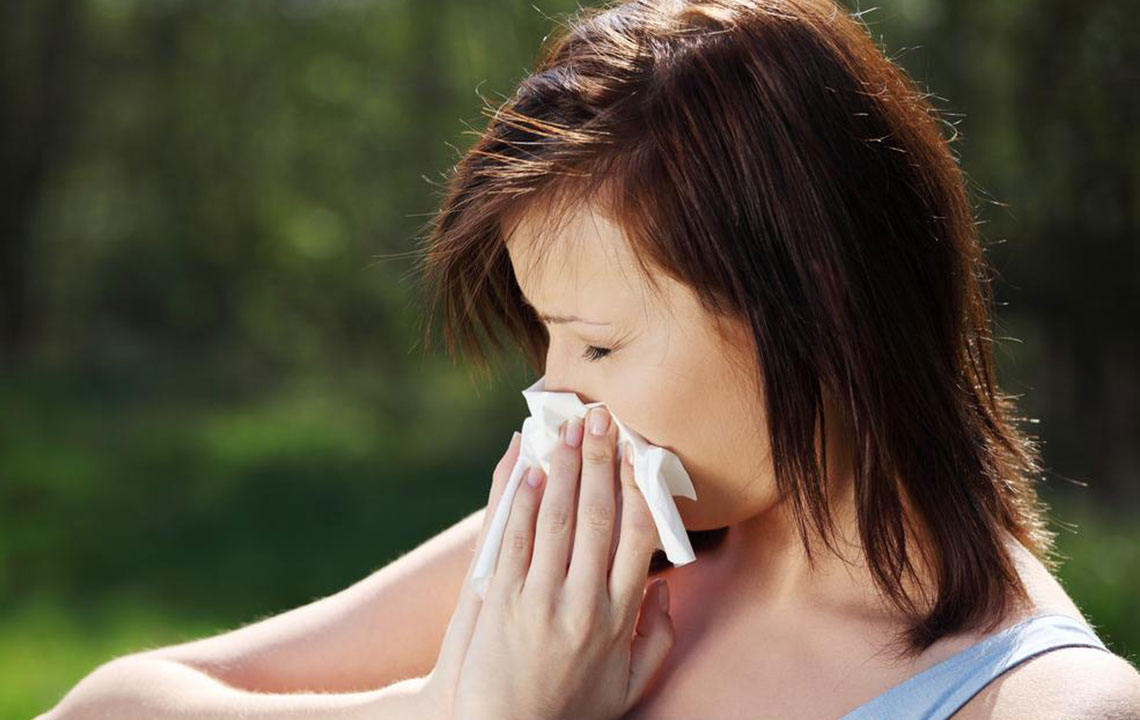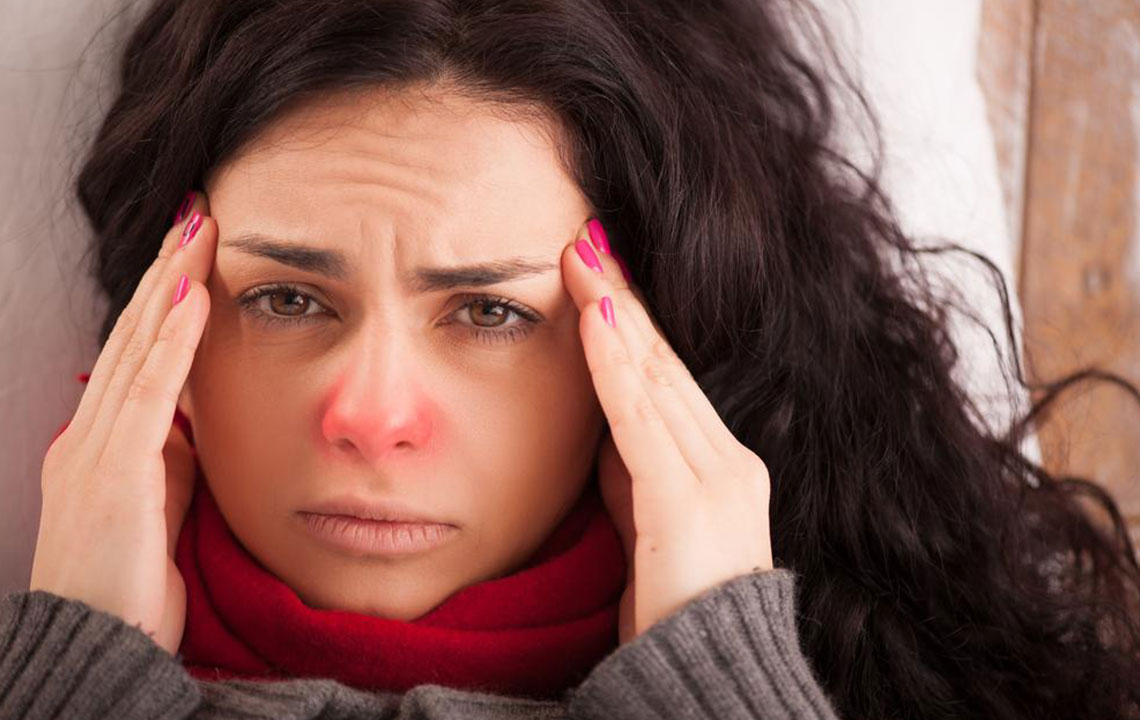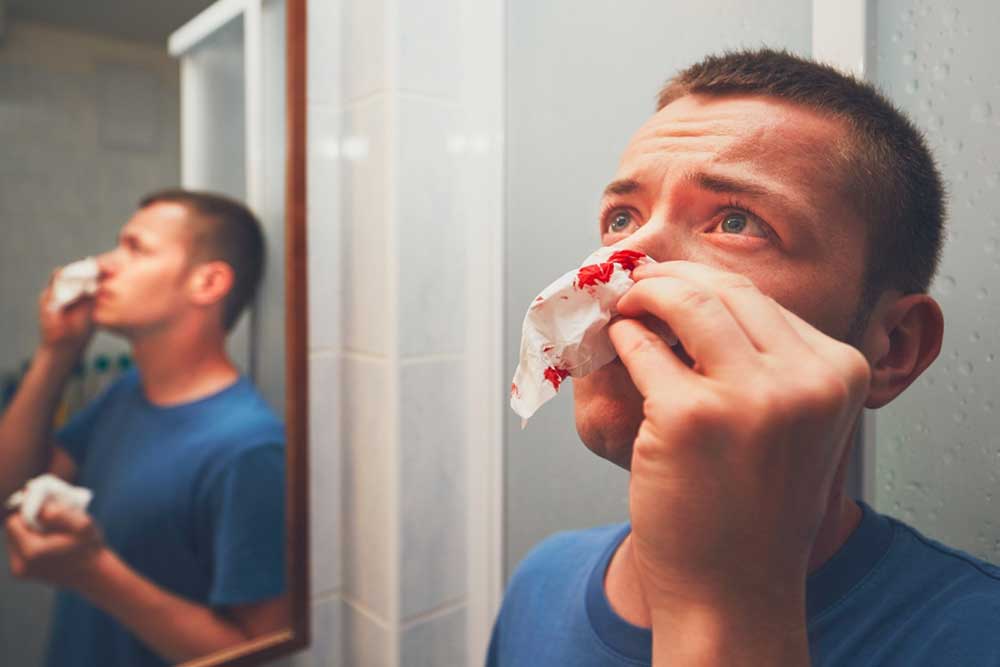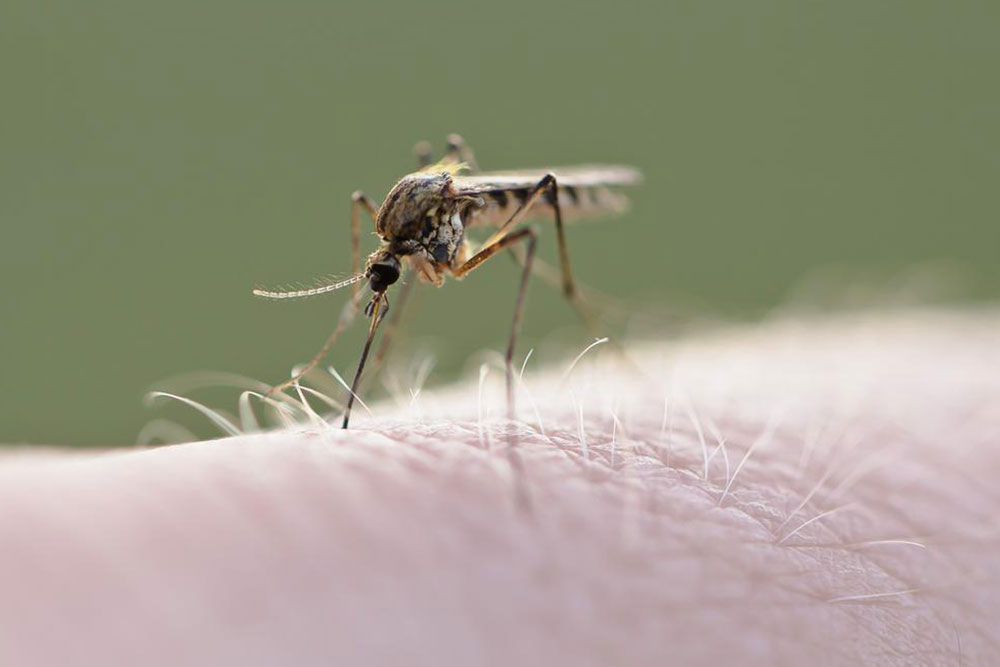Essential First Aid Tips for Fire Ant Bites
Learn essential first aid and medical responses for fire ant bites. This guide covers species identification, symptoms of allergic reactions, effective home remedies, and when to seek urgent medical care. Protect yourself during outdoor activities in fire ant habitats with proper precautions and quick response strategies to minimize health risks.
Sponsored

Fire ants build nests in mounds and fiercely defend their territory by stinging intruders. Their sting is notably painful and can trigger allergic reactions such as redness, itching, and swelling. Without proper protective gear, there’s increased risk of getting stung. Knowing the signs and remedies for fire ant bites is crucial before entering areas where these ants are prevalent.
Several species of fire ants exist, and they bite when disturbed, potentially causing allergic skin issues. The two main species in the U.S. are:
Solenopsis Invicta: Also called Red imported fire ant, originating from South America, these tiny reddish-brown ants are common across 13 U.S. states. They inject venom to subdue prey and can even overwhelm larger animals like turtles.
Solenopsis Richteri: Known as Black imported fire ant, primarily found along the Gulf Coast and Southeast, these are less widespread and native to South America.
Both species fiercely defend their mounds by biting in groups, often targeting feet and legs when disturbed. Unlike other ants, they sting repeatedly, causing significant discomfort. Gardeners, children, and pets are at higher risk of bites during outdoor activities.
**Allergic reactions to fire ant stings**
Stings may lead to blisters, swelling, burning, or itching. Severe reactions may occur within minutes, including life-threatening anaphylaxis. Immediate medical attention is vital if symptoms like difficulty breathing, swelling of the tongue or throat, dizziness, confusion, or unconsciousness develop.
**Home remedies for fire ant stings**
Quick at-home steps can ease symptoms: apply a cold compress for 20-minute intervals, use hydrocortisone cream and antihistamines to reduce itching, and apply antibiotic ointment to prevent infection, especially if scratched. An oatmeal bath may soothe itching, and elevating the affected limb helps control swelling. Do not scratch or pop blisters to prevent infection. If pus leaks or discoloration occurs, seek medical care promptly.
**Medical treatments for fire ant stings**
In severe cases or allergic reactions, emergency treatment with epinephrine is required to reverse symptoms. Carrying an EpiPen can be lifesaving for those with known allergies. Persistent or worsening symptoms warrant medical consultation—hydrocortisone creams, injections, or antibiotics may be prescribed. Precautions such as protective clothing and proper footwear are essential to prevent stings; don’t delay seeking medical help if symptoms escalate.
Always be cautious in ant-prone areas, and recognize red flags like difficulty breathing or spreading redness, which indicate urgent medical attention is needed. Proper knowledge and prompt action can mitigate the severity of fire ant bites.

